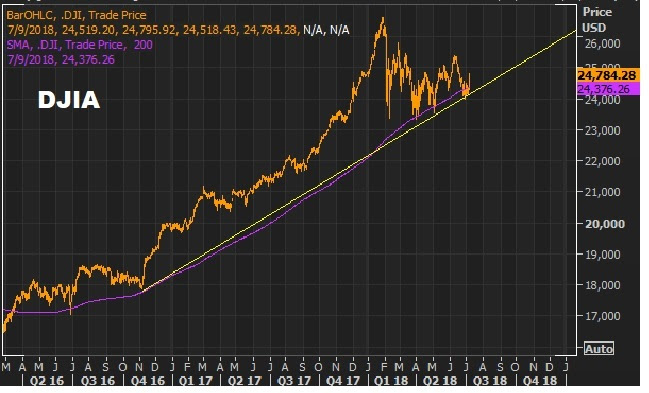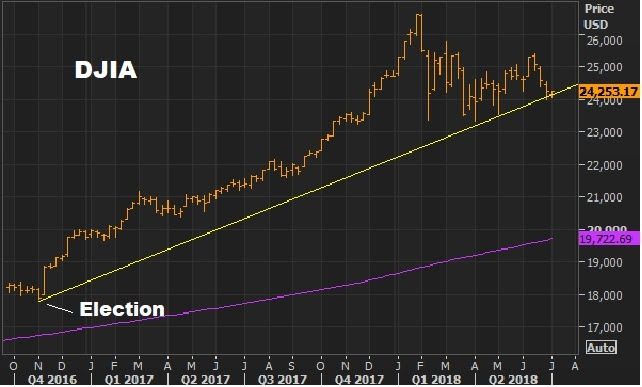September 28, 5:00 pm EST
Italy first, means EU second. And that puts the future of the European Union and the European Monetary Union in jeopardy. Today, the new government made that clear by rejecting EU fiscal constraints, in favor of running a bigger deficit spending.
This puts the game of poker the European Union has been playing since the financial crisis erupted, front and center (again).
As we discussed back in May, this story is looking a lot like Greece, which used the threat of leaving the euro as leverage to negotiate some relief from austerity and reforms. It was messy, but it gave them a stick, in a world where the creditors (the ECB, Eurogroup and IMF) had been burying the weak economies in Europe in harsh austerity since the financial crisis.
As the third largest euro zone constituent, Italy brings a lot more leverage in negotiating, in this case, the EU rulebook. We may see this all result, finally, in a relaxing of the fiscal constraints that have suppressed the economic recovery in the euro zone in the post-Great Recession era. And Italy’s pushback may lead the way for a euro-wide fiscal stimulus campaign — following the lead of Trumponomics.
A better economy has a way of solving a lot of problems. And Europe has a lot of problems.
If you haven’t joined the Billionaire’s Portfolio, where you can look over my shoulder and follow my hand selected 20-stock portfolio of the best billionaire owned and influenced stocks, you can join me here.




